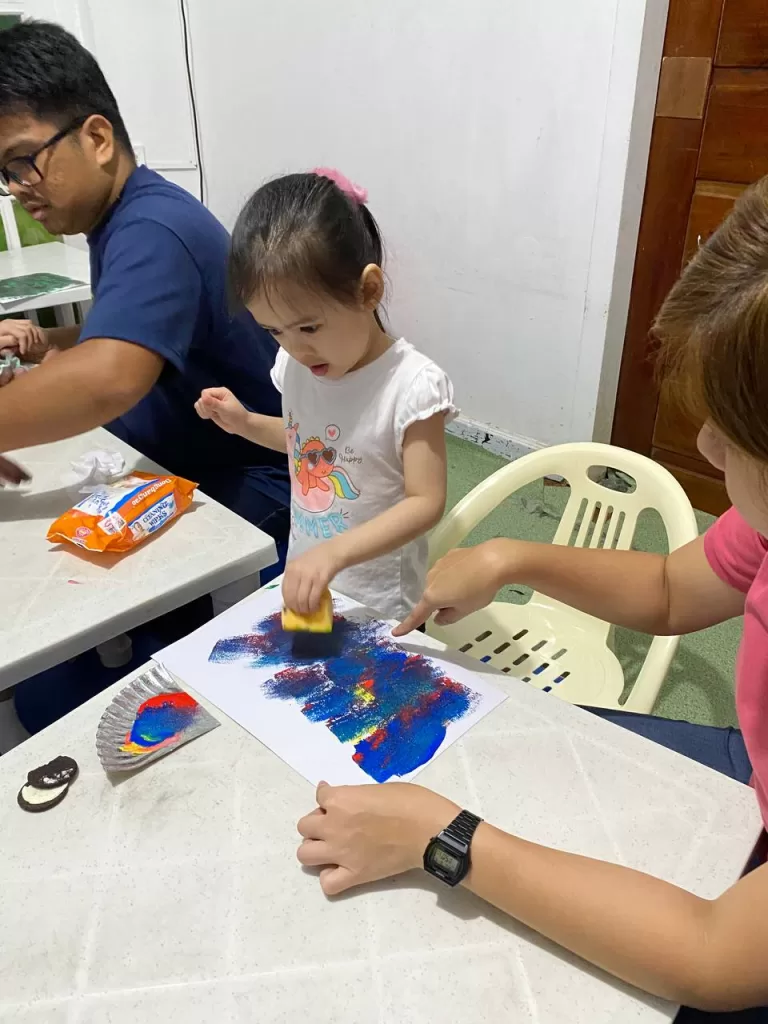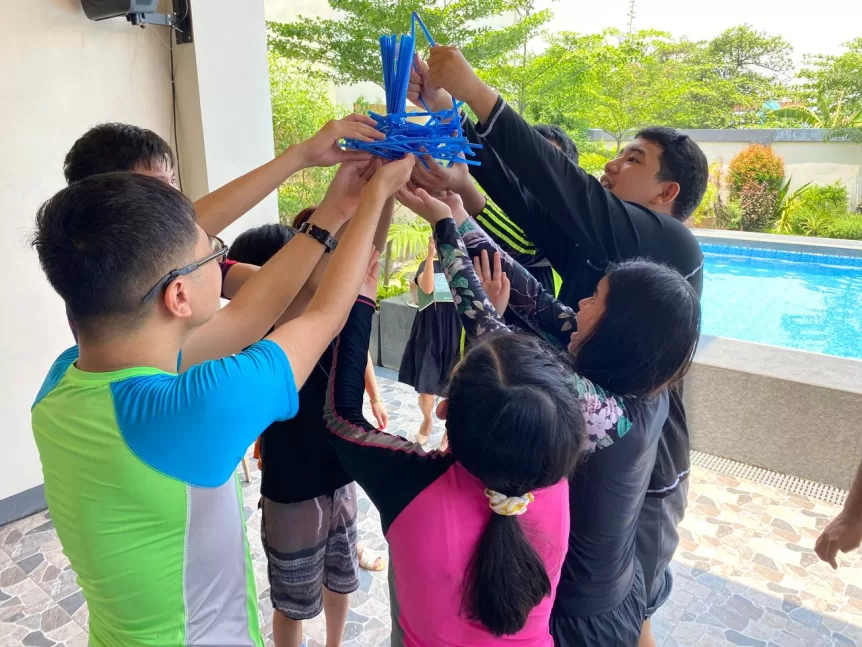New research shows play-based learning can be more effective than direct instruction at improving outcomes for early learners—particularly in the development of mathematical and spatial skills.
Breaking the Cycle
Despite the clear benefits of play, setting aside time for even the youngest students can seem out of step with the academic demands of the school day. Early childhood teachers are pressured to meet strict seat-time guidelines in their classrooms, and they often feel that direct instruction is the best method to achieve the many curricular objectives that parents, principals, and other leaders expect.However, a new study suggests that there is a middle path. Researchers from the University of Cambridge analyzed decades of research on “guided play” and concluded that it can have a “greater positive effect” on the acquisition of skills like math, shape knowledge, and task switching than more traditional approaches that prioritize seat time and explicit instruction.
The Power of Guided Play
In redefining play as a spectrum with varying degrees of child autonomy and adult guidance, guided play has been situated as a “middle-ground” between free play and direct instruction. The learning is inherently rich and meaningful because “play naturally cultivates their enjoyment, motivation, and agency; while the inclusion of guidance by a supportive adult extends the scope for learning beyond what the child might achieve on their own.”
Providing Choice and Agency
Effective play-based learning should be child-led when possible and give students “freedom and choice over their actions and play behavior.” However, the findings suggest that the level of autonomy being given to students in play-based learning scenarios is often less than the amount needed to “cultivate children’s agency, motivation, and curiosity.”To foster that agency, teachers can incorporate key elements of play, such as wonder, exploration, and student agency, into loosely structured lessons that are gently supported by teachers. This means providing students with a “steady diet of free, unstructured time and access to open-ended materials” that allow them to engage in “rambling” storytelling and provide plenty of time to just “mess around and make their own rules.”

When to Step In
As children play, teachers should be observing closely to gather insights about the way students are learning and use open-ended questions, hints, and prompts to gently nudge students and encourage deeper thinking. This can include asking questions like “I wonder how tall this tower can get?” or “I wonder how many blocks you need to make that tower as tall as your friend’s?” to encourage problem-solving and critical thinking.
Play, With an Objective in Mind
In a successful play-based learning class, teachers often have a clear “learning goal” behind the play they let students engage in ahead of time. A teacher should keep this goal in mind during the play and subtly guide the child toward the goal without pulling the strings too tight.
Conclusion
Play-based learning can have a significant impact on the acquisition of skills and knowledge in young children. By incorporating elements of play, such as choice and agency, into the learning process, teachers can create an optimal environment for students to learn and grow.
Sources:
https://www.edutopia.org/article/young-kids-power-play-based-learning

